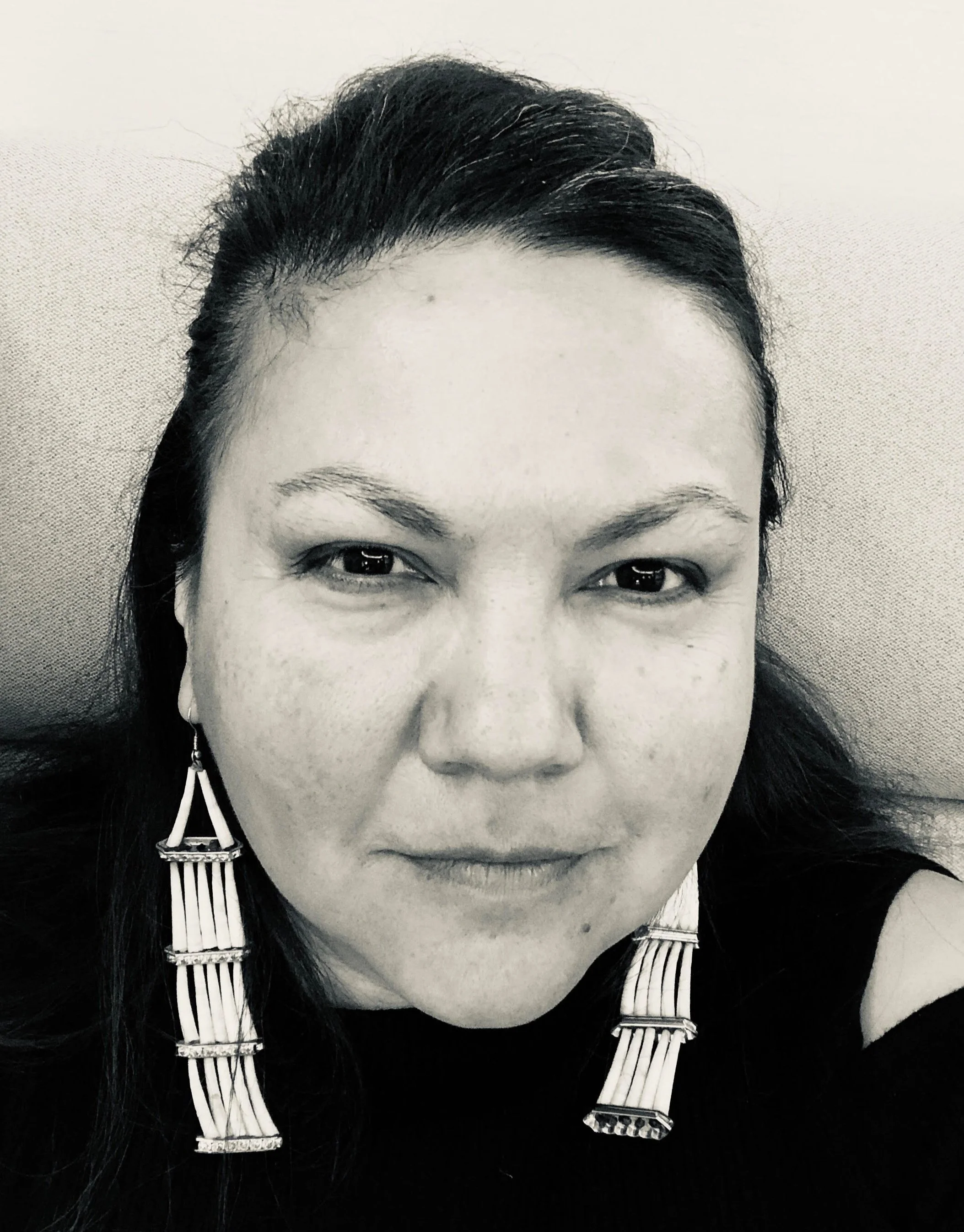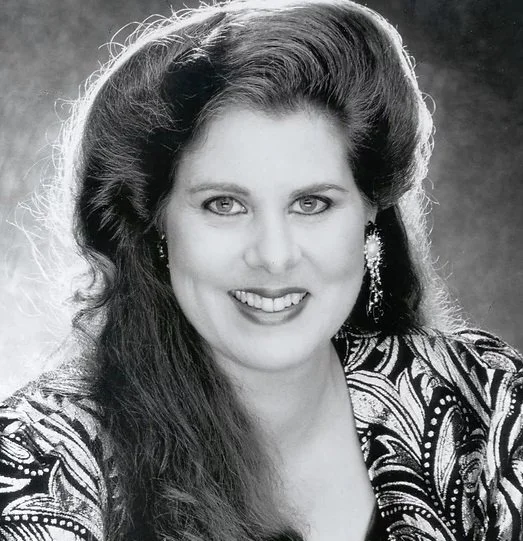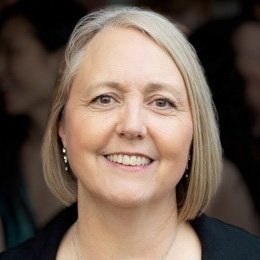Elektra sings Snewíyalh tl’a Staḵw (Teachings of the Water), an act of reconciliation through the arts
Conceived by ethnomusicologist Jeanette Gallant, the five-piece a cappella work is based on Squamish text gifted by Tsitsáyxemaat (Rebecca Duncan) and scored by Métis composer T. Patrick Carrabré
Snewíyalh tl’a Staḵw (Teachings of the Water).
Elektra Women’s Choir releases Snewíyalh tl’a Staḵw (Teachings of the Water) on its YouTube Channel on June 9 at 7 pm.
FROM AN INDIGENOUS perspective, water is life, and in certain First Nations communities, women serve as water protectors. In response to a time when water protection is a pressing issue in a world ever more fractured, local ethnomusicologist Jeanette Gallant turned to Indigenous-led wisdom to envision Snewíyalh tl’a Staḵw (Teachings of the Water).
The ambitious, ground-breaking new video by Elektra Women’s Choir is a collaboration with several Indigenous knowledge-keepers, cultural leaders, and artists; is based on a text gifted by Squamish language keeper Tsitsáyxemaat (Rebecca Duncan); and is set to a score by Métis composer T. Patrick Carrabré. Gallant and co-curator Morna Edmundson, Elektra’s artistic director, hope the work will help to bridge cultural understanding and build community—and then some.
Tsitsáyxemaat (Rebecca Duncan).
The seeds for the work were planted years ago, as the idea of water protection began gaining greater awareness during the Idle No More Movement that began in 2012. The ongoing movement was initially formed in reaction to Bill C-45, an omnibus bill that sought to bypass First Nations consultations on large construction projects.
“Since then, First Nations female water advocates have come to the forefront, including Autumn Peltier,” Gallant says in an interview with Stir. “Because I had taught Indigenous global music traditions at various academic institutions, Indigenous water protocols, roles, and responsibilities were not unknown to me. The project was conceived in 2016 at a time when deep misunderstandings about environmental protections in Canada were happening across the aisles.
“Though gendered relationships with water are not the same across all First Nations, Métis, and Inuit cultures, women do serve as water protectors in Coast and Interior Salish communities,” says Gallant, who is also a vocal teacher, music lecturer, composer, conductor, performer, and administrator who works throughout Canada, Southeast Asia, and the United Kingdom. “Given the widespread public concern for B.C.’s coastal waters, I thought that the idea of women and water stewardship might be an excellent way to bring people together in an act of reconciliation through the arts.”
Jeanette Gallant.
After being asked to give a talk on cultural appropriation in choral music for Elektra Women’s Choir’s Cultural Conversations series, Gallant approached Edmundson about creating the piece. (Gallant is a former Elektra singer herself.)
From there, and knowing that the project would be seen by a mostly non-Indigenous choral audience, Gallant constructed a framework through which local knowledge keepers could share water teachings related to the natural world, birth, ceremony, song, and identity.
Along with Tsitsáyxemaat (Rebecca Duncan), Nx’ketko (Mary Jane Joe, Interior Salish, Elder), Gä̀gala-ƛ̓iƛ̓ətko (Nadia Joe, Interior Salish [Mother’s side] and southern Tutchone-Tlingit, specifically the Crow Clan of the Champagne and Aishihik First Nations [Father’s side]), Binkïca (Harrison Dobos), Shelley MacDonald, Yeltsilewet (Faye Halls, Squamish Elder), Candice Halls-Howcroft (Squamish), Cheyenne Halls-Howcroft, and S7aplek (Bob Baker, Elder) came onboard to be part of the video and to share knowledge about water and how everything is connected.
At the heart of this project, Gallant says, is the idea of relationality, which is central to how First Nations knowledge is learned and known.
“Relationality suggests that in human relationships—as well as in the natural and spiritual worlds—everything is related through interconnections and interdependencies,” Gallant says. “The project was structured to allow Indigenous-led learning to occur in relationship with fellow singers, Elektra’s leadership, members of the community, and the local lands.
“My hope was that relationality would be understood not only conceptually but as a practice through which relationships with local Indigenous people would be created, built, and maintained well beyond the scope of this choral project,” she says. “In a world so divided—and as we forge our own path of reconciliation in Canada—this is a timely and healing message.”
Squamish language-keeper Tsitsáyxemaat (Rebecca Duncan) chose, taught, and gifted the words for Carrabré’s composition; Mi’kmaq filmmaker MacDonald (“Ugpi’Ganjig” [Eel River] and Scottish) and Gallant worked together to build a storyboard to underscore relationality in each movement. Filmmaker Mike Southworth of Collide Entertainment accompanied the choir to various Metro Vancouver locations, where leaders from Coast Salish and Interior Salish cultures shared their knowledge and world views on the importance of water and the role of Indigenous women in water stewardship (with Don Harder and Grant Rowledge capturing audio recording).
T. Patrick Carrabré.
Carrabré, director of the UBC School of Music and Chan Centre for the Performing Arts, created a flowing five-movement a cappella work reflecting the five teachings. Each section has its own unique character: it’s driving and accented in Kwis na xwey (Birth), for instance; soothing and repetitive in Shúkw’em (Ceremony), and gently flowing in Slúlum (Song).
In an interview with Stir, Carrabré underlines how crucial it was to have local Indigenous community members to lead the way. As a guest on unceded territory from Red River, Carrabré notes that water protocols are different in Indigenous, Inuit, and Métis communities all across the country. “As a Métis, my role between First Nations and western culture has been to be a kind of mediary, and I didn’t want to pick a text,” Carrabré says. “We needed to do some real serious work to connect local caretakers of the land who understand protocols. We learned a lot.”
He notes that he wrote the score in such a way that its text and rhythms can be adapted depending on where the work might take place in other parts of Canada, to reflect local traditions and practices.
“I’ve been doing work between various Indigenous groups and western classical groups for 20 years now, and the way it used to be was a white composer would write something on an Indigenous theme or a they would bring an Indigenous performer out; works didn’t have the depth of connection and meaning. I think what I’m trying to help folks understand…is that you really need to be gifted a song or invited to participate in a song. In a way my score is trying to be a protocol to help performers understand how to make those connections.”
Edmundson says that while the piece had the framework of the established First Nations teachings in place, it was otherwise a blank slate for the ensemble to be creative, involve the singers, and work alongside women in local First Nations, none of whom she knew before or knew how to approach. The cultural, creative, and production team that eventually came to be led to enormous joy and learning.
Morna Edmundson.
“Like many artists in Canada, I was and am looking for ways in which to act on the recommendations of the 2015 Truth and Reconciliation Report,” Edmundson says. “There’s no blueprint for how any of us should move forward. I knew that humility, learning, and relationships would be key. I also wanted to make sure we were not taking more than we were giving. I love the fact that, in the video, it is the voices of Coast Salish and Interior Salish women who are giving us the teachings in their own words and based on their cultural experiences.”
This video has three parts. The first is the music video, a 28-minute section of Carrabré’s music with introductions by Indigenous women that features experiential, place-based, and intergenerational learning. The second is the Listener’s Guide, which contains important cultural information that will help deepen the audience’s understanding of what they are seeing and hearing and features project and composer insights. The last is a Squamish-language Pronunciation Guide with Tsitsáyxemaat (Rebecca Duncan), which includes enunciations, IPA transliterations, and cultural teachings.
For Gallant, Snewíyalh tl’a Staḵw (Teachings of the Water) goes right back to what drew her to the field of ethnomusicology in the first place, stemming from her special interest in the connection between music and social justice.
“My doctoral supervisor at Oxford used to frame ethnomusicology as a discipline that looks at what music ‘says’ and what music ‘does’,” Gallant says. “I love that analogy because it reveals music to be an active part of culture that is capable of not only giving voice to what needs to be heard, but also giving context to what is being said.”


















